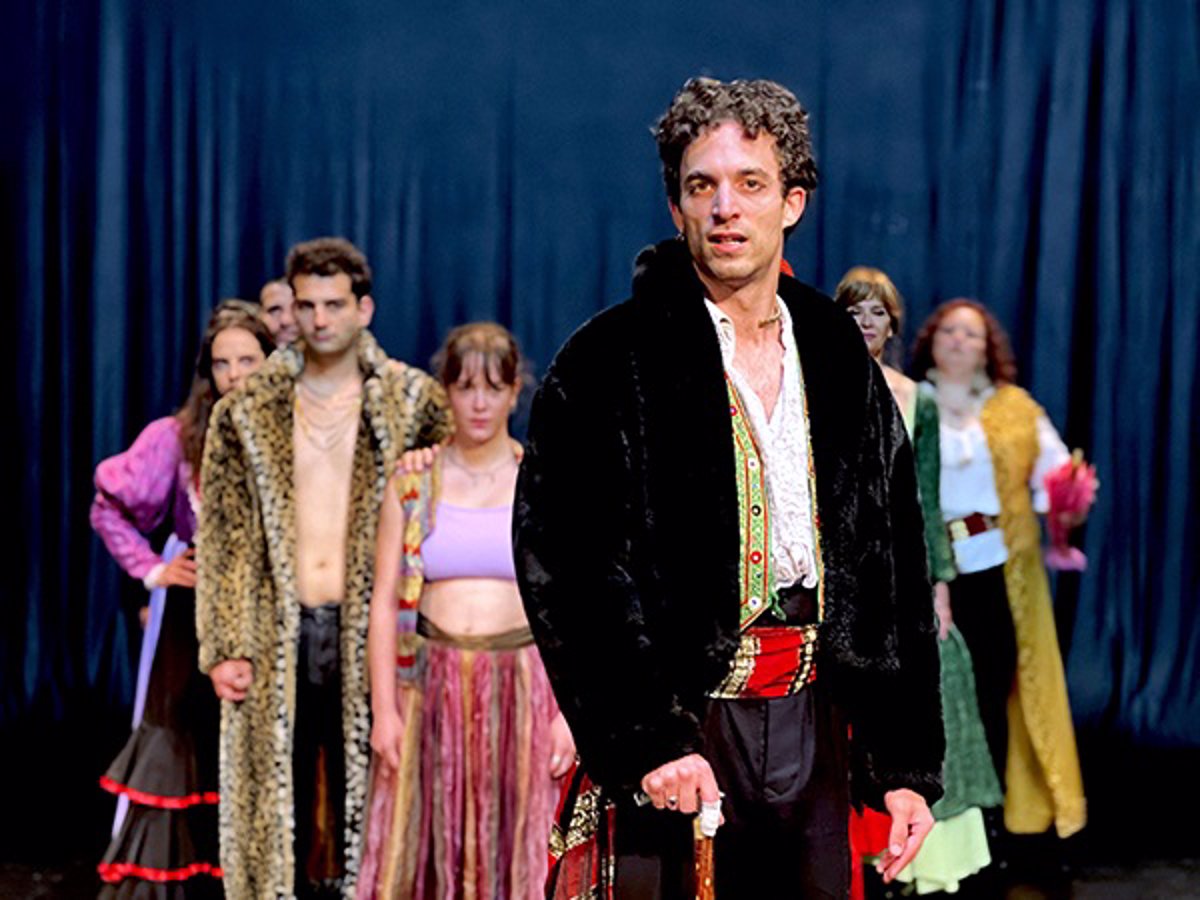VALENCIA, 30 May. (EUROPA PRESS) –
The Russafa Hall in València opens the eleventh edition of the Classical Theater Workshop Festival on June 2 with the premiere of a gypsy version of ‘A Midsummer Night’s Dream’.
The event serves every year to show the skills acquired by the students of the Acadèmia Escènica de València, in charge of the center’s teaching line, which is aimed at both stage professionals and lovers of theater or dance.
Thus, until June 26, on the stage of the theater housed in Ruzafa there will be three productions that, following the traditional line of research of this festival, offer new approaches to texts, authors and themes that are part of the history of dramaturgy . The aim is to propose different readings of works and writers that have become classics –precisely because of their ability to be timeless and universal– in order to establish connections with contemporary audiences.
In this year’s edition, from June 2 to 5, a version of ‘A Midsummer Night’s Dream’, by William Shakespeare, will premiere, which leaves the world of fairies to enter the culture of gypsies, gypsies and Roma.
In addition, on June 11 and 12, ‘Don Juan de Tod@s’ arrives on stage, the review of one of the most popular characters in Western culture, who continues to feed fiction and influence misunderstood masculinities, about whom they wrote Molière, Byron, Tirso de Molina or Zorrilla.
From June 17 to 19, ‘The Cherry Orchard’, a work by Chekhov premiered in Moscow in 1903, will travel to the Galicia of the 1960s. And the festival includes a parallel program dedicated to dance with the piece Secondary Effects, directed by Toni Aparisi, which can be seen on June 26.
Chema Cardeña has revisited the legacy of William Shakespeare on many occasions throughout his career as an actor, playwright and director. Also as an interpretation teacher, since he finds in the verses and plots of the English poet an excellent material to develop oral expression, memory, emotion or teamwork, with extensive galleries of characters. There are many reasons that lead you to love this iconic author. But it is the first time that he faces one of his most performed works, ‘A Midsummer Night’s Dream’, highlights the cultural space in a statement.
“The magical world, the reference to the fairies of the forest, pulled me back, although everything changed when I began to imagine it within the gypsy culture, where the esoteric has another meaning. Spells or superstitions have an earthly character,” explains Cardeña in reference to the representation of the Gypsies, Roma and Gypsies that, for centuries, have developed in different parts of Europe, from Hungary to Spain or the Balkans.
KUSTURIC AESTHETICS
Of this representation, the “vitalistic, somewhat mischievous and surrealist energy, the love for the supernatural or the color and the overflowing joy of its cultural expressions stand out, elements in which it fit much better in the entanglement plot that Shakespeare wrote at the end of the century. XVI”. An idiosyncrasy that the filmmaker Emir Kusturica has collected with a lot of humor and an unmistakable aesthetic.
Both influence the version of this classic that premieres at the Sala Russafa Classical Theater Workshop Festival, performed by students in their Postgraduate Performance for Professionals. They are Miguel de Aguilar, Mar Babuglia, Jose Blasco, Rosario Bonet, Amparo Broseta, Alexandra Durana, Esteban Navarro, Ainhoa Ortuño, Chuso Puig, Maribel Ribes and Paula Serrano.
From June 2 to 5, these eleven performers become the characters of this tragicomedy, but they also use their bodies to build the scenic elements and landscapes of the production: from a forest to a gypsy camp or the little theater of a traveling artist troupe .
Three axes drive the action in the version written and directed by Cardeña. On the one hand, the escape to the forest of four young people whose loves and heartbreaks defy the marriage rules that were imposed on them. On the other, the union between the matriarch of one clan and the patriarch of another who, despite living together for several years and in perpetual disagreement, plan their wedding. Finally, the disastrous troupe of artists that arrives to liven up the link.
Intertwining the desires and destinies of the characters of these three axes, the action of this version is developed where female empowerment has been highlighted when making decisions and building their own destiny.
With multiple layers of ethical costumes and accompanied by Balkan music, the characters play with deceit, trickery, magical realism and the magnificent speeches of the English master in this surprising revision of one of the most popular works of Shakespeare, where they touch on all their recurring themes, but the message prevails that love knows no rank or social class.
–

